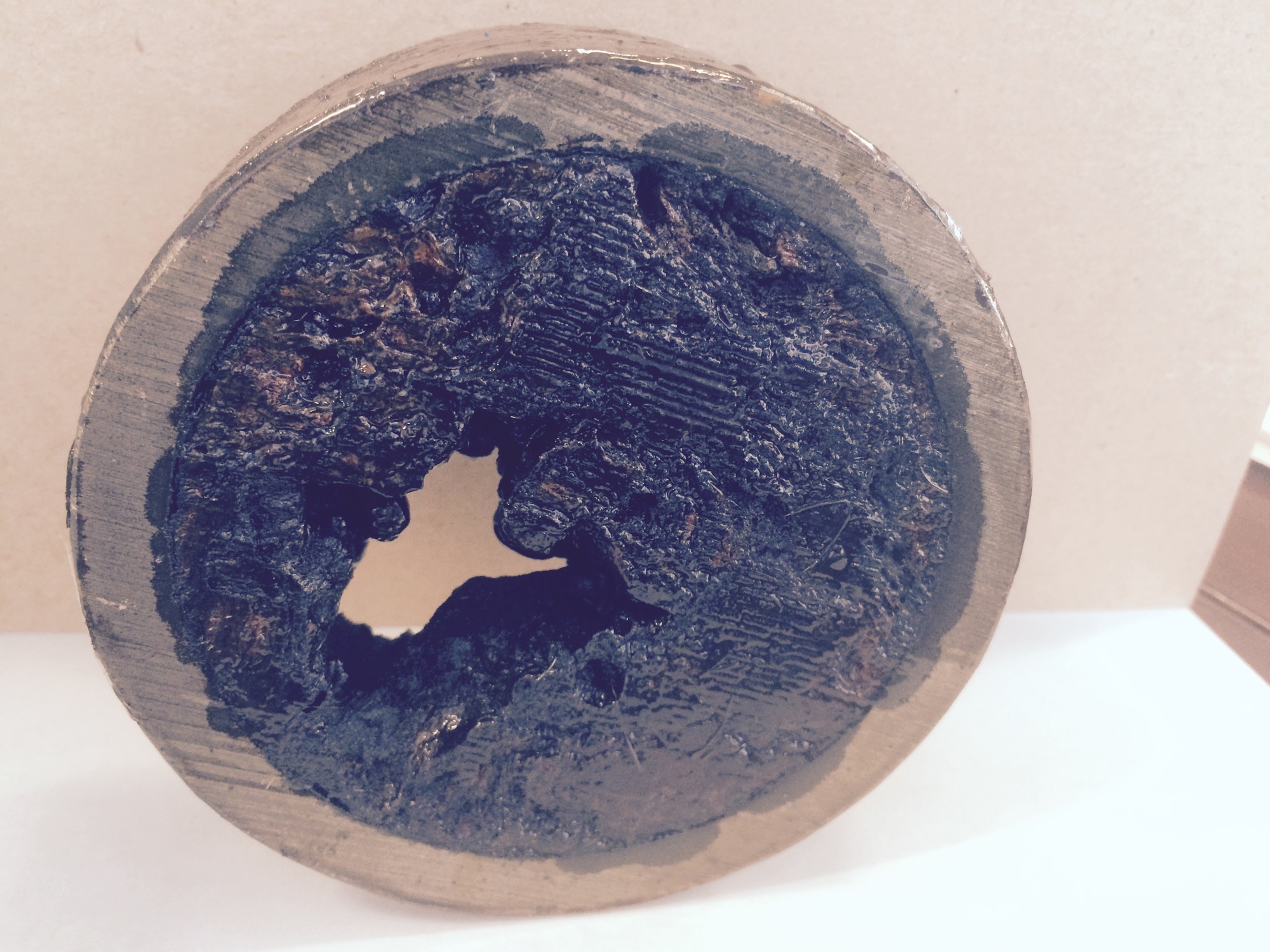Homeowners: check your service lines
They may contribute to the brown water in your home
This past Monday, New York American Water began the task of replacing 8,100 feet of water main in Malverne. The effort will focus on main replacement on Malverne Ave., Nassau Ave., Ogston Terrace, Norwood Ave., and many of their cross streets. Work is expected to last at least a month’s time.
The effort comes as a relief to those experiencing brown water problems. That is the expectation.
There is, however, something that may get in the way of finally receiving clear water: the service line that feeds from the water company’s mains into each home. The service line is the homeowner's financial responsibility.
“If the service lines that go into the home are made of old galvanized iron, that itself will cause brown water,” said John Sullivan, chief engineer of the Boston Water and Sewer Commission. “Taking that out could cure the problem.” Sullivan said copper or plastic won’t “tuberculate” or accumulate sediment, and are ideal choices for service line replacement.
Homes that sit on dead-end streets have the added burden of the pipes not circulating the water as much as other blocks, and some Malvernites who live on these streets have reported that although their mains have been replaced, the water is still brown. Sullivan commented, “Whenever we replace a main on a dead-end street, we put a fire hydrant or a flushing tube on the end of it,” he said. “That allows you to flush a main easily and gives residents relief for a couple of months when they have a complaint."
Sullivan said it took Boston over four decades to get 1,000 miles of water main replaced. Ninety-five percent of Boston’s infrastructure has been rehabbed, he reported.
Tuberculated pipes also cut down on water volume, due to the decreased opening in the pipe, which in turn decreases water pressure.
When water mains are replaced, engineers can easily see if the service line to each home is galvanized, or is in need of some repair because they have to connect it to the water main. Then why isn’t the homeowner informed? “Because each person’s residence is done on a case by case basis,” said a representative of New York American Water’s public relations firm. “It’s one of those things where customer service should be called to see what needs to be done.”
A call to New York American Water’s customer service line yielded this response, “I never heard of anyone having to replace their service line after the mains have been replaced.”
Sullivan said, "Most [water companies] would inform the customer if the service line needed to be replaced. If not, future problems could still occur despite a large investment in the street main by the water company."









